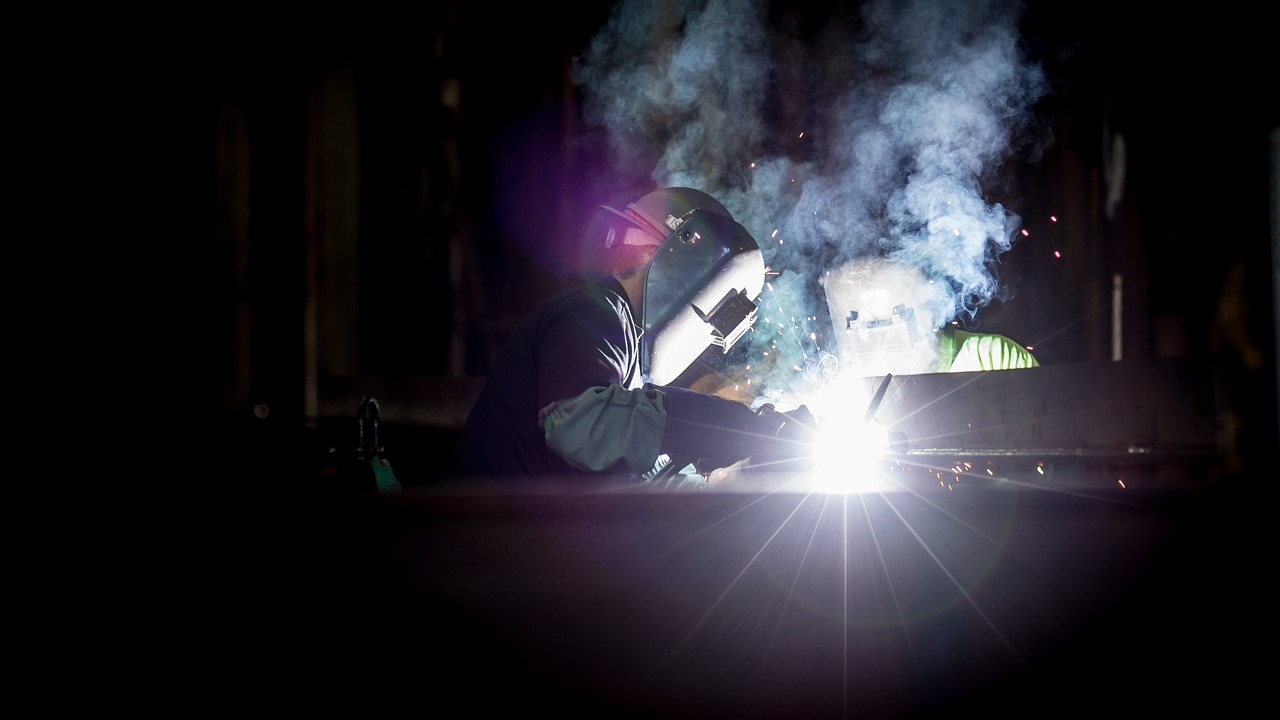Metal Heat Distortion

Applying heat to metals can make them easier to forge, machine, weld, and fabricate. However, this also brings some issues with it, metals expand when heated, which makes the whole fabrication process more demanding.
Luckily, every alloy comes with a predetermined coefficient of thermal expansion. This coefficient shows how much a given alloy will expand at a constant temperature.
Taking this number into account, engineers can change the fabrication process so that the metal doesn’t grow as much, or doesn’t expand only in one area. Not taking the coefficient of thermal expansion into account often leads to severe failure of thermal processing equipment, like welding machinery for example.
Naturally, the highest heat distortion is caused by welding. First, during the welding process, the part expands rapidly, and then it contracts while it cools down. Also, while the thermal expansion of the welded parts increases, other properties like yield strength, elasticity, and thermal conductivity decrease.
How to correct for metal heat distortion?
Several techniques can mitigate heat distortion, such as mechanical, line heating, thermal method, spot heating, and wedge-shaped heating.
The most common mechanical techniques are hammering and pressing. Hammering is often used on parts that don’t require critical toughness and has some disadvantages, like causing surface damage. Pressing eliminates all of the downsides of hammering and is used in parts that have angular distortion.
Line heating is also used to correct angular distortion, similar to pressing. However, in this case, the part is heated on the opposite side of the weld, so it counteracts the heat distortion.
The thermal method for mitigating distortion are also used regularly. Here, the part is stressed when heated so that it gets back into place when cooled down. In this technique, the welding itself can be used for the correction of distortion.
Spot heating is a technique that somewhat similar to thermal stressing, but it’s mostly used in case of sheet buckling. This technique should always be applied on the convex side of the sheet. Wedge-shaped heating is comparable to spot heating. However, instead of heating the sheets in spots, here the part is heated in whole zones, also on the convex side.

 Tech Steel & Materials
Tech Steel & Materials